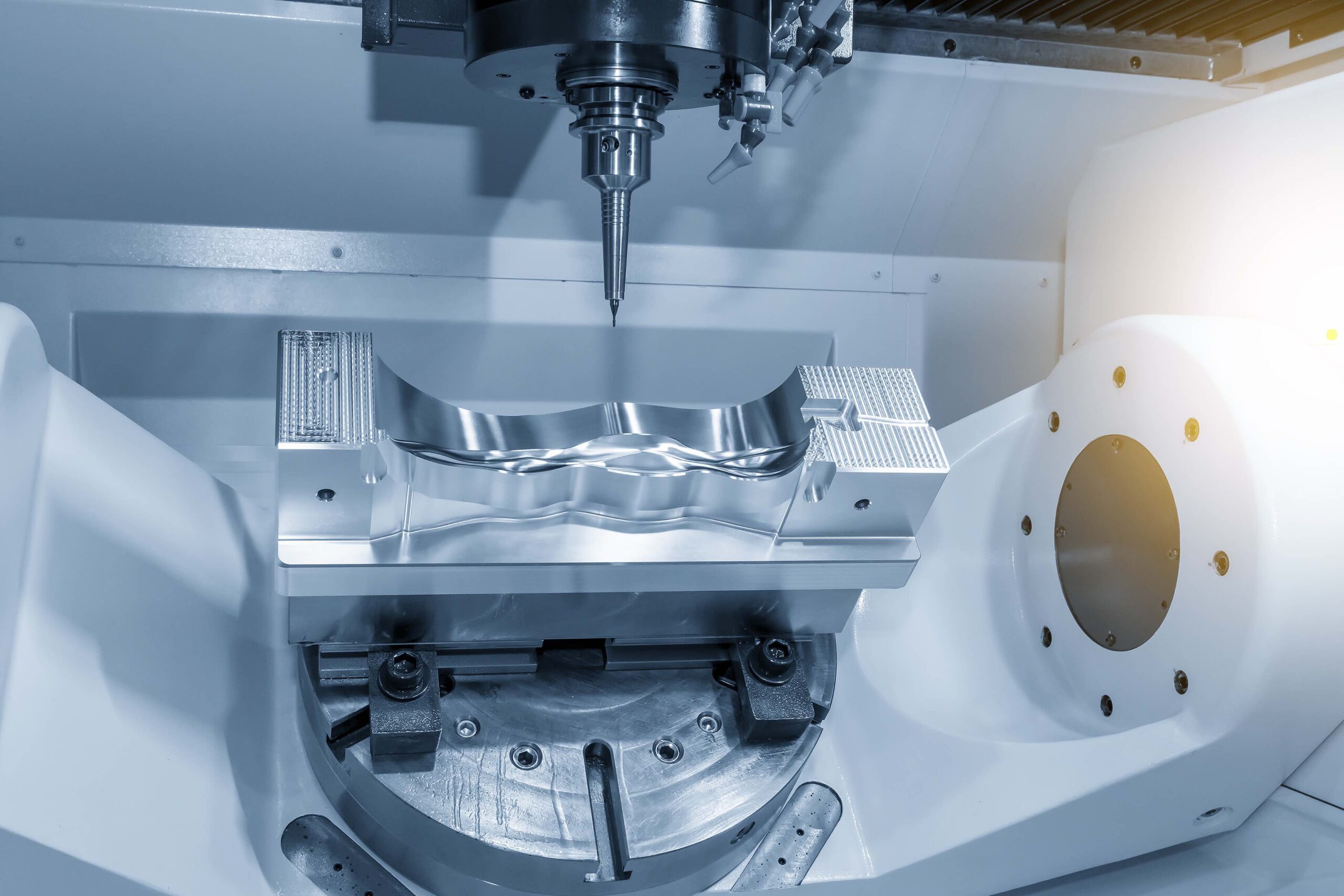
Today, many industries need injection molding to produce, transport, and package products.
Without this technology, medical industries wouldn’t have the tools to produce medical supplies. Tools like surgical materials and x-rays wouldn’t be possible.
So how does injection molding work?
The process uses insert molding or overmolding to mold and fuse materials together. Here’s how to tell the difference so that you can choose the right one for your business.
What Is Insert Molding and Overmolding?
Insert molding is a type of injection molding technique. With this technique, a metal part lays inside of a mold which is then sealed with molded plastic.
When the mold closes, the plastic takes the shape of the metal insert and forms a part. Ultimately, this process molds two plastic materials at the same time. This is what distinguishes the technique from overmolding.
In contrast, overmolding takes two parts that have been separately molded and joins them together. This is a 2-step process. Each part must be separately molded first, and then molded together.
In essence, insert molding involves covering a part in molded plastic. Overmolding does not fully encapsulate parts in molded plastic.
Comparing Costs
Insert molding can be a cheaper alternative to overmolding. Since the process consists of 1-step, there are fewer assembly functions to pay for. These machines also create thousands of parts per day. This sort of productivity offers a cost-effective manufacturing solution for businesses.
Overmolding is a 2-step manufacturing process. In this process, two parts must be assembled in the first part of the process and then infused in the second part.
This requires materials for each separate part and materials for the infusion process. With more assembly required, overmolding costs more to implement.
Part Enhancement
There are benefits to insert molding’s 1-step process other than cost-effectiveness. Insert mold involves the combination of materials, which changes the structural integrity.
The metal part and plastic molding are infused in the process of molding. The positive qualities of metal and plastic combine in the molding process. This combination creates a more reinforced, reliable part.
First, plastic brings lightweight flexibility to the mix. Second, the metal possesses stronger and more rigid qualities that strengthen the material. The result is a more durable but flexible and lightweight part.
Because of this 1-step process, insert molding enhances its parts more than overmolding.
Bonding
Insert molding creates an enhanced hybrid material with plastic and metal. Although the bonding process creates an enhanced material, they can experience de-bonding.
Any two materials combined through an injection mold can de-bond. Deterioration occurs when materials infuse under the right heat conditions.
With overmolding, metal and plastic parts are combined after they’re molded. However, the workflow combines these materials within the same molding process. Therefore, when infused together, the bond isn’t as strong.
Get Insert Molding for Your Business
Each molding technics have their uses. However, insert molding can be more reliable and cost-effective.
Ready to get insert molding for your business? Please contact us to get started, or request a quote and we’ll help you consider your options.
